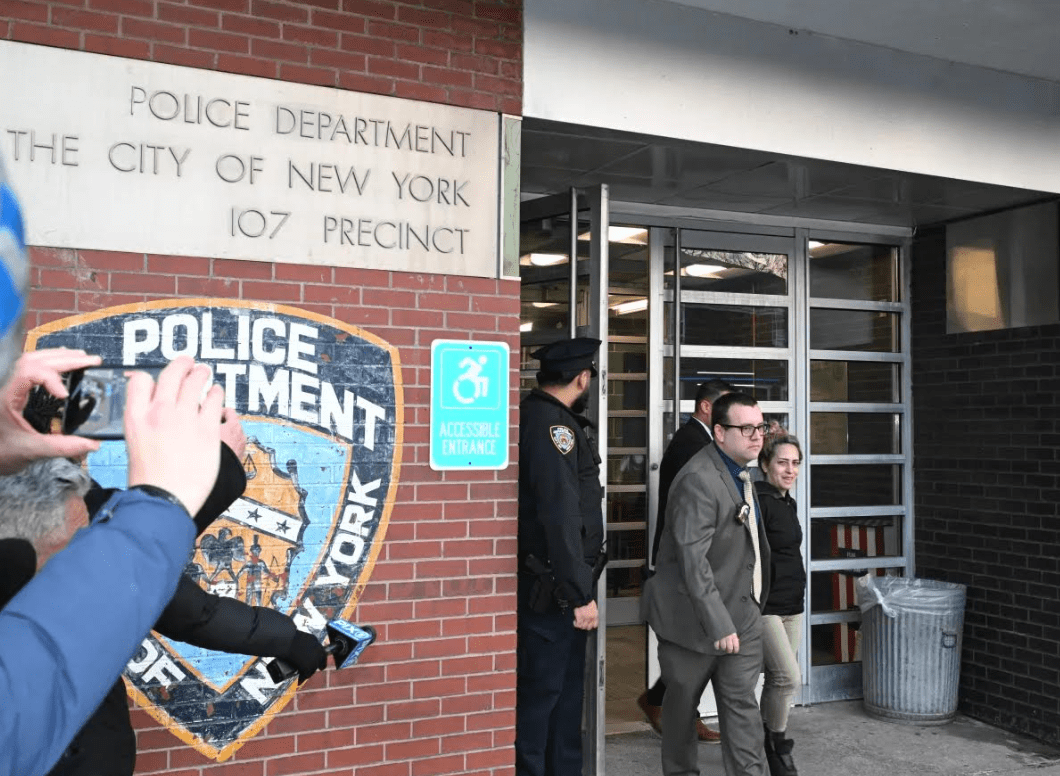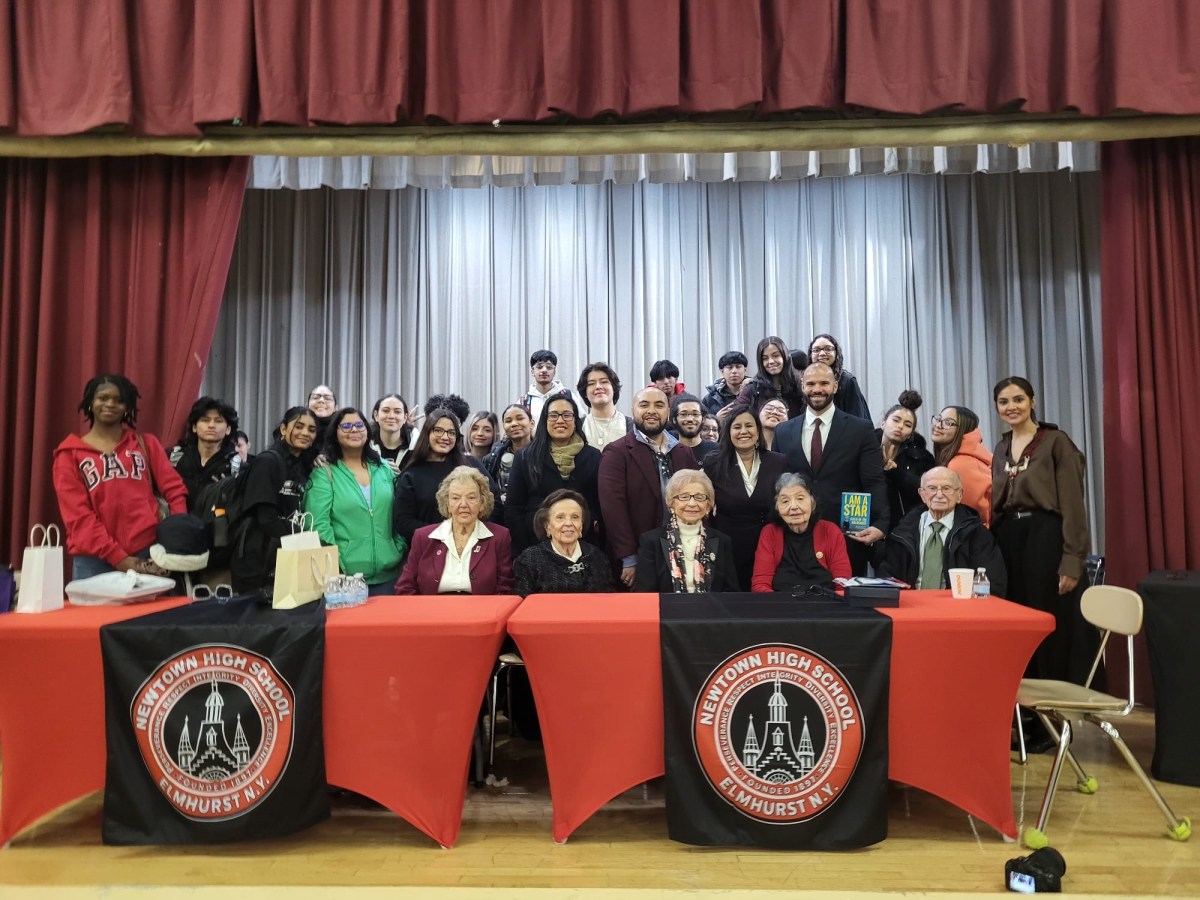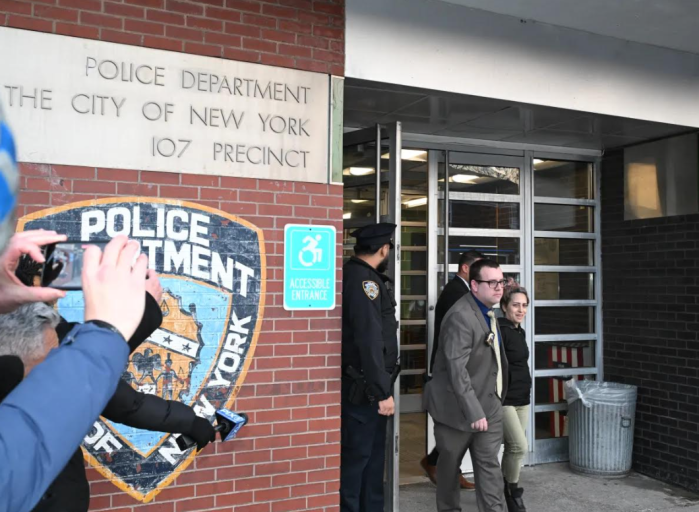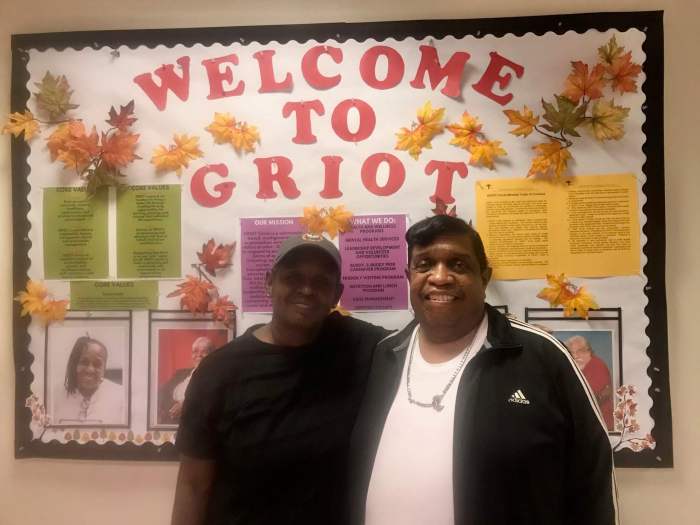
Regardless of gender identity or sexual orientation, cancer doesn’t discriminate, but access to treatment and quality care might.
“Being in the LGBTQ community, it’s a little hard because sometimes you’re apprehensive about going for treatment because you don’t know how they’re going to treat you,” said Vilma Rosario, a 53-year-old two-time cancer survivor and retired NYPD officer.
Rosario — who is married to her partner, Michelle, and has three children, a 9-year-old boy and 6-year-old twin boy and girl — knows firsthand how people in the medical field could discriminate against LGBTQ patients.
“Michelle was about to give birth and we were looking for a pediatrician for our soon-to-be born son,” Rosario, of Orange County, said.
They had talked to a doctor over the phone and went in to meet with her. Everything was fine until the doctor pointed at her and asked if she was Michelle’s friend. Rosario told her, “No, that’s my fiancee, we’re a couple, we’re raising this child together.”
“Her whole demeanor changed to the point that it was almost awkward for us to sit there,” Rosario said. “She made us feel like we were less than human by being a lesbian couple that was bringing a child into the world.”
But Rosario didn’t let that bad experience stop her from seeking care when doctors discovered she had a growth on her femur bone in 2014 after a minor car accident.
She ended up at the Memorial Sloan Kettering Cancer Center, which has several locations in New York and New Jersey, where her experience was “completely the opposite.”
“Right off the bat, we felt so comfortable there,” she said. Rosario was diagnosed with non-Hodgkin’s lymphoma and underwent six rounds of chemotherapy. Through it all, the doctors and staff treated her just like any other patient.
“It didn’t matter, we were regular people going there to get treatment,” she said.
Shortly after she was cleared in the summer of 2015 of any signs of cancer, a PET scan revealed a large cyst on one of her ovaries. Rosario went back to Sloan Kettering, this time to see a gynecologic oncologist. In January 2016, she went in for surgery to remove her ovary, but during the procedure, the doctors found cancer.

She was diagnosed with ovarian cancer and had to get another six rounds of chemotherapy. Finally, in June 2016, Rosario was cleared again and hasn’t since had any signs of cancer.
“I’ve been lucky,” she said. “Both cancers were found very early and were treated.”
That’s why her advice to other members of the LGBTQ community is to not to be afraid to see doctors and get the health care they need. If she hadn’t been in an accident in 2014, her cancer may have gone unnoticed until it was too late, she said.
Improving care
Some health care providers also are working to make experiences better for LGBTQ patients.
“Over the past decade increasingly, clinics and hospitals across the country have created their own training programs to educate staff and clinicians on how to best care for their LGBTQ patients,” said Dr. Nelson Sanchez, an urgent care physician at Sloan Kettering and member of the executive committee for the annual LGBT Health Workforce Conference.
Sanchez, who is gay and remembers “having some not so great experiences with doctors specific to my sexuality,” helps train his colleagues on LGBTQ health care barriers.
The training includes lessons on how to communicate with patients to get information about their sexual orientation and gender identity and on specific health concerns for the LGBTQ community, such as age-appropriate cancer screening for lesbian-identified women or appropriate physical exam skills to use when examining a transgender patient, Sanchez said.
In addition to training staff, Sanchez said there should be more research nationwide on health concerns and risks for members of the LGBTQ community.
“Knowledge throughout the country is overall poor,” he said.
Medical records systems also present a barrier for LGBTQ patients because they don’t have sexual orientation or gender identity fields, Sanchez said. Sloan Kettering has started to collect that information in some assessments, but Sanchez would like to see that more widespread.
“We’re looking at other ways that we can make sure that we’re doing it with all patients,” he said.
Though awareness could improve, Rosario said she believes there is effective access to health care for the LGBTQ community; it just has to be found.
“Whether you’re straight or gay or transgender, it doesn’t really matter, the help is out there,” she said.
For anyone looking for LGBTQ-knowledgable medical providers, a map created by the city shows where primary care, gender-affirming care and sexual health services are available.

































